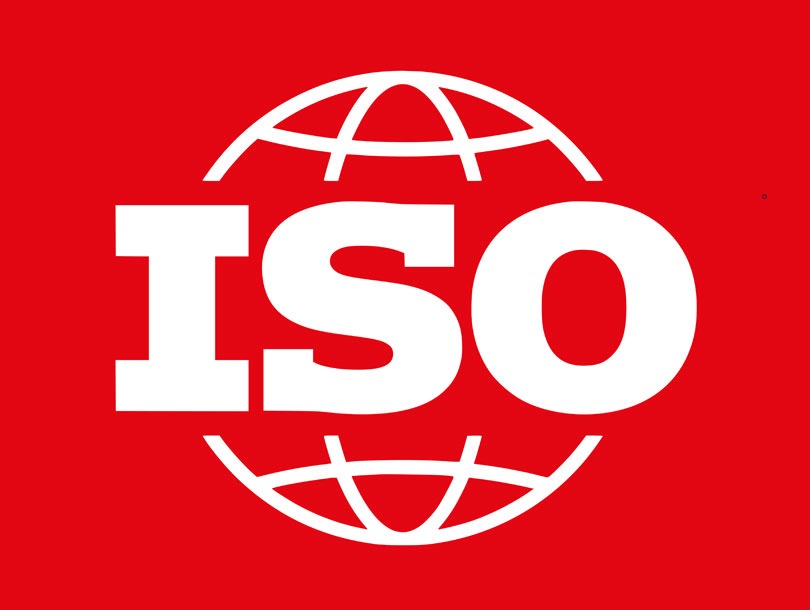28 March 2021
ISO 13485: The Global Quality Management Systems Standard for Medical Devices
The International Organization for Standardization (ISO) is the world’s largest developer of voluntary international standards, covering many areas of technology and business. It was founded in 1947 and currently has members from 164 countries around the world with its headquarters in Geneva, Switzerland. In 1946, 65 delegates from 25 countries met in London to discuss the strategy and future of international standardization due to a need to harmonize practices starting in Europe. Over the years, countries from all over the world joined as members and participated in standards development. In 1987, the ISO 9000 series was published with the aim of standardizing business and manufacturing practices that facilitated procurement around the world. Approved certification bodies audit organizations and issue ISO 9001 compliance certificates if the organizations meet all requirements of the standard.
With the explosion of medical devices and medical device manufacturers, a need was realized to develop a standard specific to medical device manufacturers based on ISO 9001. The result was ISO 13485 :1996. This standard was specific to medical device original equipment manufacturers (OEM). A second standard ISO13488 :1996 was created for contract manufacturers and outsourced services like installation and servicing — those organizations that manufactured components, parts and devices or installed and serviced devices for the OEMs. In 2003 a new revision ISO 13485 :2003 was created, merging ISO 13485 :1996 and ISO13488 :1996 into one consolidated standard. With the continuing need to harmonize the ISO Quality Management Systems standard for medical devices with the US FDA 21 CFR Part 820 Quality System Regulation, ISO 13485 :2016 was released in 2016. Although based on ISO 9001, organizations who conform to ISO 13485:2016 cannot claim that they conform to ISO 9001:2015 or vice versa unless their quality management systems conform to all the requirements of ISO 9001:2015. Risk management is a key part of ISO 13485. Clause 7 requires risk management throughout the product life cycle and the product realization process with the use of ISO 14971:2019. The primary objective of the standard is to provide global harmonized requirements to organizations so that they can consistently meet end-user and regulatory requirements that are consistent across the world.
Alignment of ISO 13485:2016 and FDA 21 CFR Part 820
In 2018, the US FDA released a proposal with the intent of moving from the current US regulation 21 CFR Part 820 for medical devices to the global standard ISO 13485:2016. The proposal states “FDA intends to harmonize and modernize the Quality System Regulation for medical devices. The revisions will supplant the existing requirements with the specifications of an international consensus standard for medical device manufacture, ISO 13485:2016. The revisions are intended to reduce compliance and recordkeeping burdens on device manufacturers by harmonizing domestic and international requirements. The revisions will also modernize the regulation”. With that intent the latest revision of ISO13485:2016 is aligned with 21 CFR Part 820.
Free Reference Documents
Dr Vinny Sastri has compiled two tables to easily compare the alignment between ISO13485:2016 and 21 CFR Part 820.
ISO13485:2016 to 21 CFR Part 820 Comparison Matrix (PDF) lists the various clauses of ISO13485:2016 and shows the corresponding sections in 21 CFR Part 820.
Conversely, 21 CFR Part 820 to ISO13485:2016 Comparison Matrix (PDF) lists the sections of 21 CFR Part 820 and compares the corresponding clauses of ISO13485:2016.
